This post may contain affiliate links. See my disclosure policy.
When it comes to what type of oats to use in a morning bowl of oatmeal, two main oats compete for the spotlight: rolled oats and quick oats. They might both come in that classic cylinder container and look similar when cooked, but what really are the differences between rolled and quick oats?
In this post, I’ll take a close look at the similarities and differences between these two types of oats and provide you with some delicious recipes so that you can incorporate oats into your breakfast, lunch, and dinner!
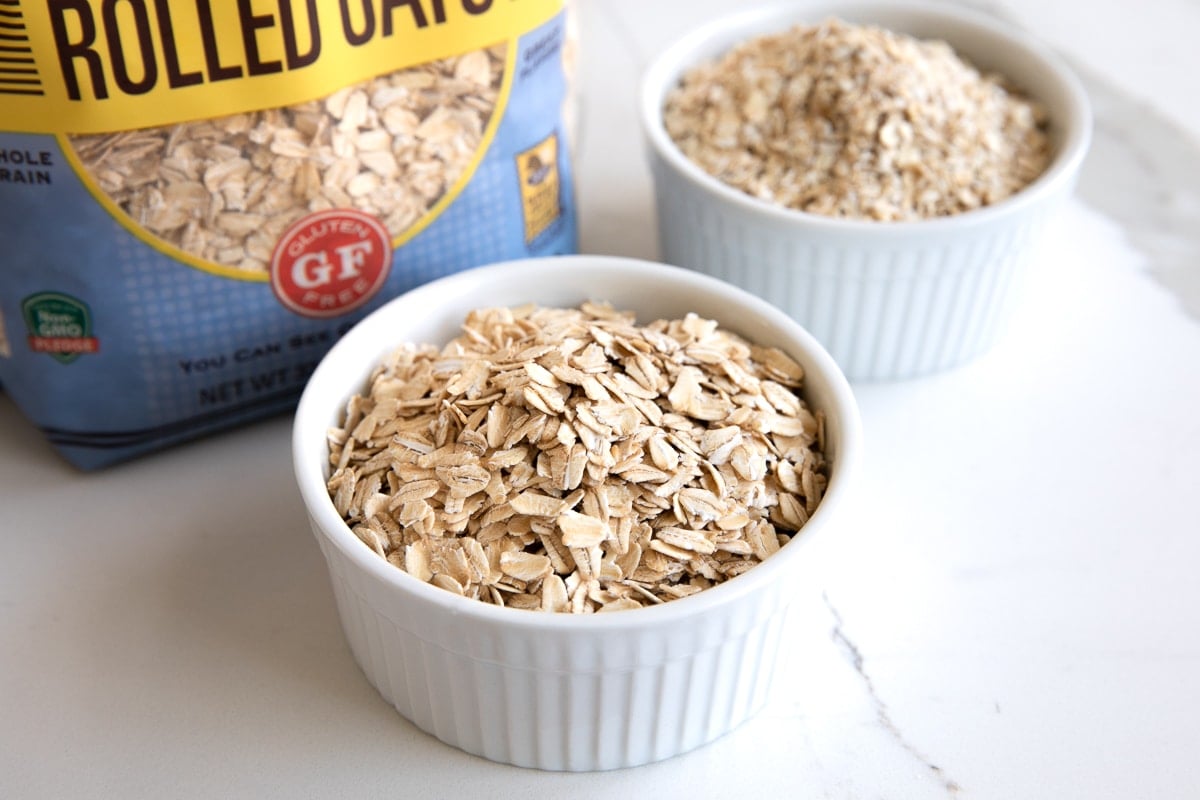
Oats Overview
Oats are nutritious whole grains rich in minerals, vitamins, antioxidants, and fiber. When compared with other grains, oats contain higher amounts of protein and healthy fats. They may even help to lower cholesterol and help manage blood sugar because of their low glycemic index.
Table of Contents
- Oats Overview
- How Are Rolled Oats and Quick Oats Processed?
- Cooking: Rolled vs Quick Oats
- Cooking Tips
- Are Rolled Oats Healthier Than Quick Oats?
- Are Rolled Oats Gluten-Free?
- Are Quick Oats the Same as Instant Oats?
- Are Rolled and Quick Oats Interchangeable?
- What Can I Make With Rolled Oats Other Than Oatmeal?
- Delicious Oat Recipes To Try
Oats are also gluten-free, making oat flour and products made with oats a great substitute for people who have gluten intolerance.
Oats are known for their brownish-gray color and thick, creamy, chewy texture when cooked. Although oats have a subtle nutty flavor, for the most part, they take on the flavor of whatever they are cooked in or cooked with. For this reason, oats are a wonderfully versatile food and can be the basis of a delicious, healthy breakfast or the perfect addition to a hearty stew.
Before oats are processed, they all start out as oat groats. Oat groats are simply whole-grain oat kernels that have their tough hulls removed and are ready to be processed. Rolled and quick oats are processed in different ways, which leads to their different textures and cook times.
Now that we know the basics, let’s take a look at the differences between rolled and quick oats!
How Are Rolled Oats and Quick Oats Processed?
One of the major differences between these two forms of the same cereal grain stems from the way that they are processed.
Rolled Oats (Old-Fashioned Oats)
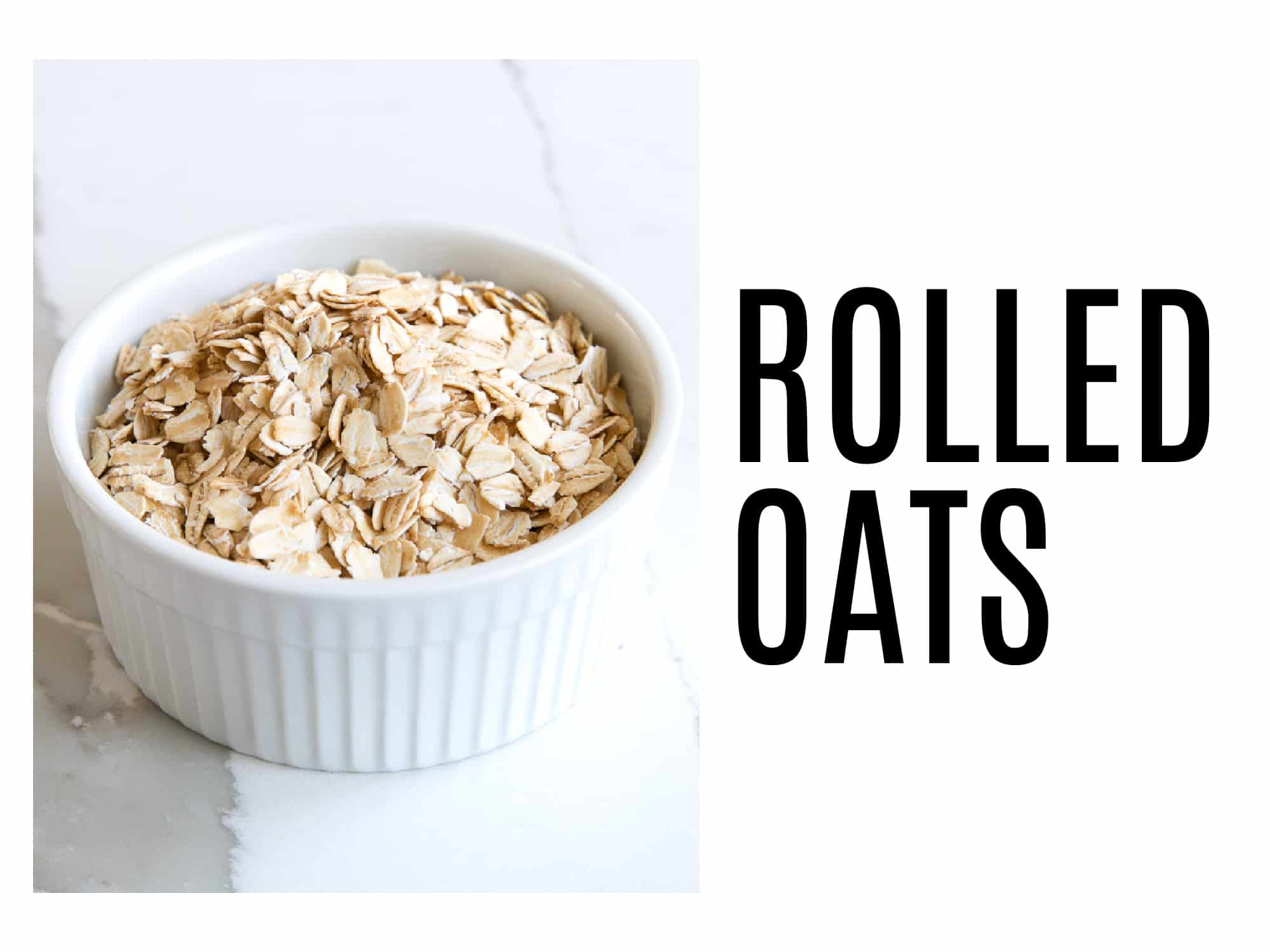
Rolled oats, or old-fashioned oats, are made by steaming the oat groats and cooking them slightly before they are pressed in the mill. By steaming the groats beforehand, rolled oats can be pressed without cracking. This allows rolled oats to keep their traditional, oval shape that most of us associate with oats.
By processing the oats in this way, the healthy oils on the oats are stabilized, which allows them to stay fresh for longer. Rolled oats will last for 6-9 months in your pantry after opening, which makes them an ideal staple to have around.
Pressing them in the mill also gives rolled oats a slightly larger surface area, which means they have a quicker cooking time compared to how long it takes to cook steel-cut oats (or Irish oats, as they’re sometimes called). Rolled oats are also able to maintain their thick texture.
Given that rolled oats are steamed, and therefore partially cooked already, they can be eaten “raw” in the form of overnight oats. Overnight oats are a no-cook form of oatmeal where you let your oats sit in a liquid of your choice overnight with mix-ins so that by the morning, you have a delicious porridge-like breakfast ready to go! The best part about overnight oats is that you can keep them simple or spice them up a bit with some Greek yogurt and fall flavors as I did with my pumpkin pie yogurt overnight oats.
Quick Oats
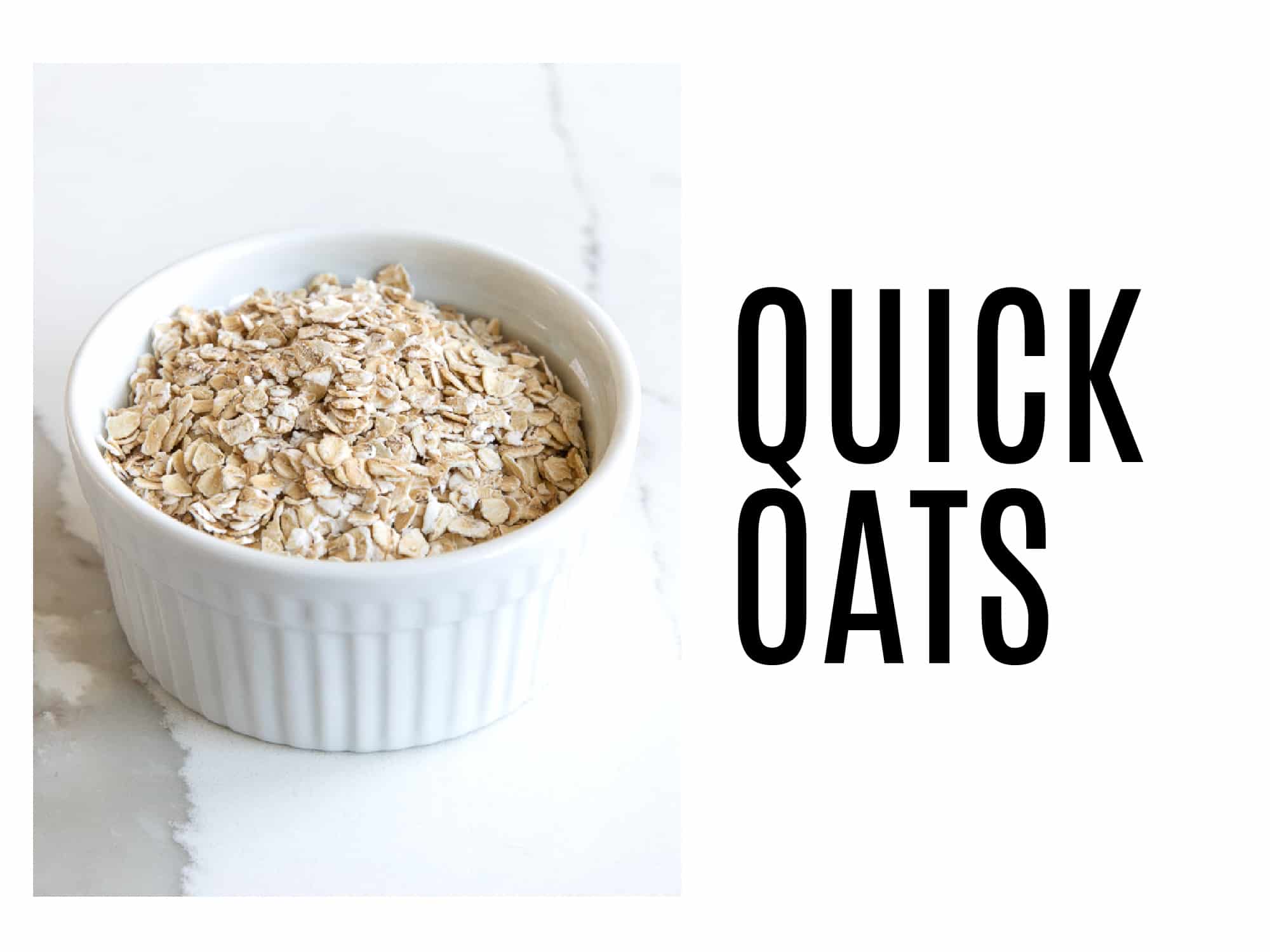
Quick oats are the most processed form of oats. But don’t worry, in this case, processed does not necessarily mean less healthy (more on this later!). Quick-cooking oats, like rolled oats, are first steamed. However, unlike rolled oats, they are cooked through completely. Once they’re entirely cooked, quick oats are dried and then pressed.
Pre-cooking the oats before pressing means that quick oats, as you might’ve guessed, take even less time to cook. However, this also means that they don’t retain their texture as well as other types of oatmeal such as Irish or Scottish oats because the grains are thinner and have a slightly muted flavor.
Cooking: Rolled vs Quick Oats
As these types of oats are processed differently, the way that they need to be cooked differs slightly as well. One serving of oatmeal is approximately 150 calories (when made with water) and comes with 4 grams of fiber.
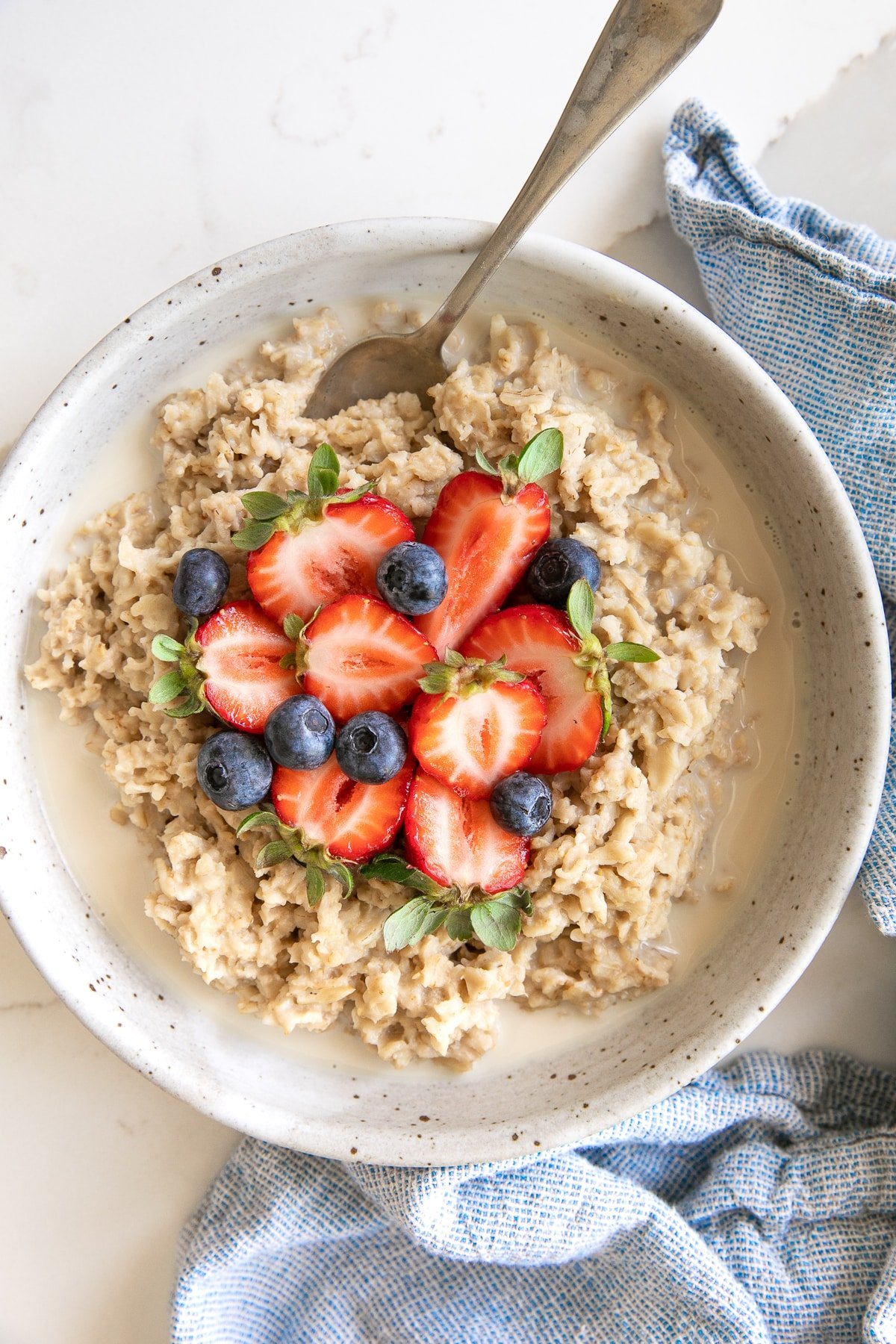
How to Make Oatmeal with Rolled Oats (Old Fashioned Oats)
Stovetop: Bring 1 cup of water (or milk) with a pinch of salt to a boil in a small saucepan. Add 1/2 cup of rolled oats and reduce heat to medium to medium-low heat. Cook, stirring occasionally to avoid having oats stuck to the bottom of the pot. Cook for approximately 5 minutes, then remove from heat and allow to rest for 2 to 3 minutes before serving.
Microwave: Mix together 1 cup of water (or milk) with 1/2 cup oats and a pinch of salt in a microwave-safe bowl with at least a 2-cup capacity. Microwave on high for 2-3 minutes. Stir well before serving.
How to Make Oatmeal with Quick Oats
Stovetop: Bring 1 cup of water (or milk) with a pinch of salt to a boil in a small saucepan. Add 1/2 cup of rolled oats and reduce heat to medium to medium-low heat. Cook, stirring occasionally to avoid having oats stuck to the bottom of the pot. Cook for approximately 1 to 2 minutes, then remove from heat and allow to rest for 2 to 3 minutes before serving.
Microwave: Mix together 1 cup of water (or milk) with 1/2 cup oats and a pinch of salt in a microwave-safe bowl with at least a 2-cup capacity. Microwave on high for 1-2 minutes. Stir well before serving.
Given that quick oats cook so fast, it’s a good idea to stay by the stove/microwave while they’re cooking to make sure they don’t overcook.
Cooking Tips
- Don’t over stir your oats! Yes, it’s important to stir your oats occasionally to make sure none are sticking to the bottom of your pot and they’re cooking evenly, but over-stirring can lead to a mushy, undesirable texture.
- Be patient! While rolled and quick oats are both a great option for a simple, easy breakfast, make sure you’re not rushing the process. Allow the water to come to a full boil before you add your oats so they can retain some of their firm crunch.
- Add milk after! If you’re hoping for a protein boost in the morning from milk in your oatmeal, add it after the oats have cooked in water. Cooking oats in milk causes them to congeal and turn into a sticky paste.
- Wash the pot right away! Although this isn’t a cooking technique, I promise it’ll save you time in the kitchen. Once oats harden, they cake onto the sides and bottom of the pan and become tough to remove. Save yourself some scrubbing by soaking your oatmeal pot with warm water and dish soap for an easy clean-up later.
Are Rolled Oats Healthier Than Quick Oats?
Although they are made differently, rolled and quick oats have roughly the same nutritional value because they both come from whole oat groats. This means that the decision between rolled vs. quick oats is totally up to you!
They both have health benefits ranging from reducing levels of cholesterol due to the presence of beta-glucan, supporting weight loss because of their soluble fiber, and even helping to prevent heart disease and type 2 diabetes.
If you want a quick, easy breakfast and don’t mind oats on the softer side, then quick oats should be your go-to. If you love thicker, firmer oatmeal, then rolled oats are a perfect choice for you!
Are Rolled Oats Gluten-Free?
Oats are naturally gluten-free. However, cross-contamination with gluten may happen in the fields where they are grown or through processing and packaging facilities. Therefore, for this reason, it is not recommended that individuals with celiac disease consume rolled oats.
Are Quick Oats the Same as Instant Oats?
Instant oats, the most convenient of all oat types, are different from quick oats. You probably would recognize them because they come prepackaged in small, brown sachets with the mixins already added. Unlike quick oats, instant oatmeal does not need to cook on the stove. You simply pour hot water into the mixture and let it sit for a couple of minutes while the oats absorb the water.
Although instant oats are incredibly convenient, it’s best to avoid this variety of oats because they usually come with a lot of sugar and preservatives mixed in. If you want an easy breakfast in the morning, consider making overnight oats or a large batch of oats at the beginning of the week that you can reheat as needed.
Are Rolled and Quick Oats Interchangeable?
In terms of your morning bowl of oatmeal, yes, rolled oats and quick oats are interchangeable. However, rolled oats are better suited for baking and cooking because they retain their texture more effectively than quick oats. This makes them the ideal addition to baked goods, such as my autumn granola breakfast cookies.
What Can I Make With Rolled Oats Other Than Oatmeal?
If you’re someone who needs eggs and bacon in the morning or isn’t a fan of baked goods, don’t worry! There are still plenty of savory recipes you can try out to put your rolled oats to use.
If you’re in the mood for burgers but want a meat-free option, give my beet burger a try for a healthy, delicious meal.
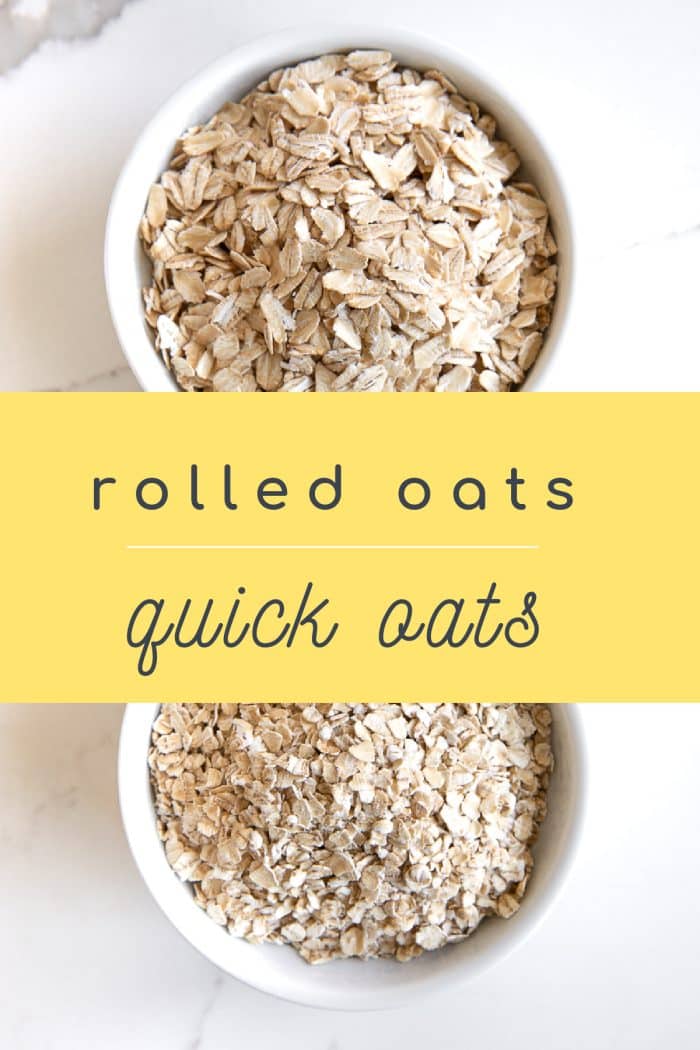

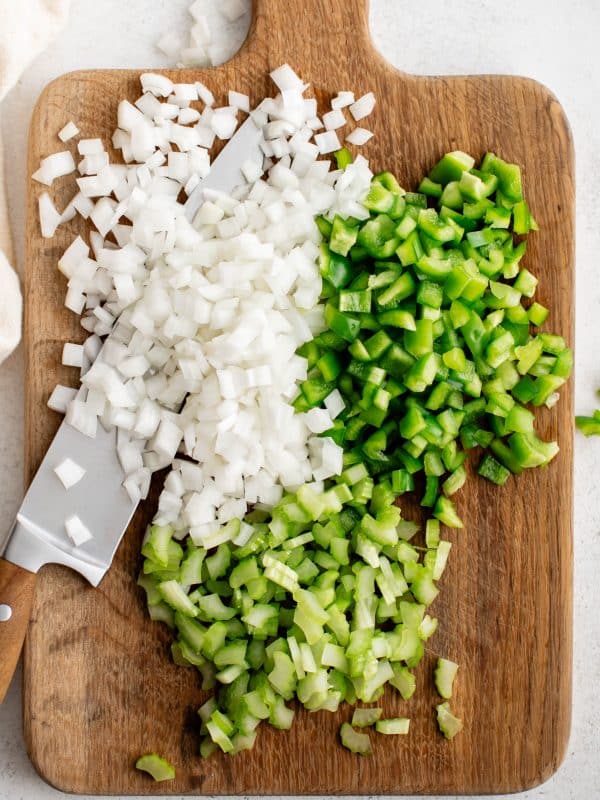
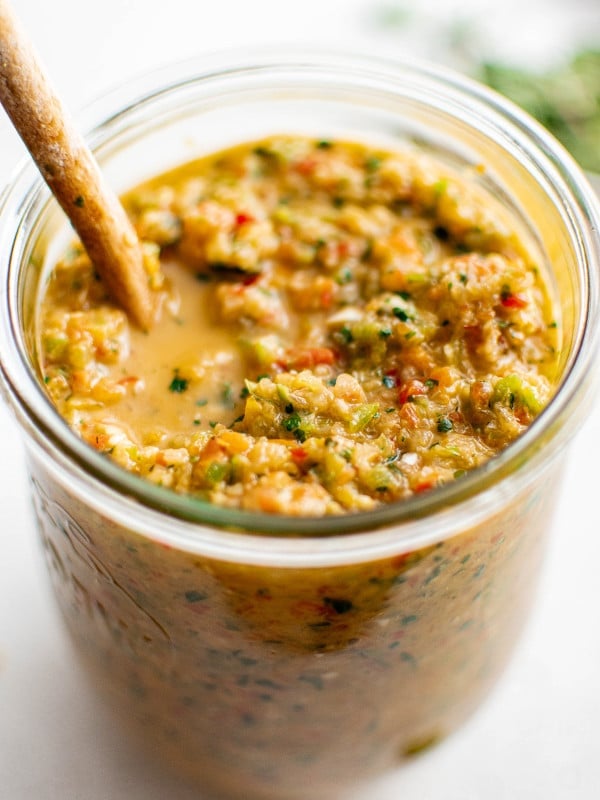

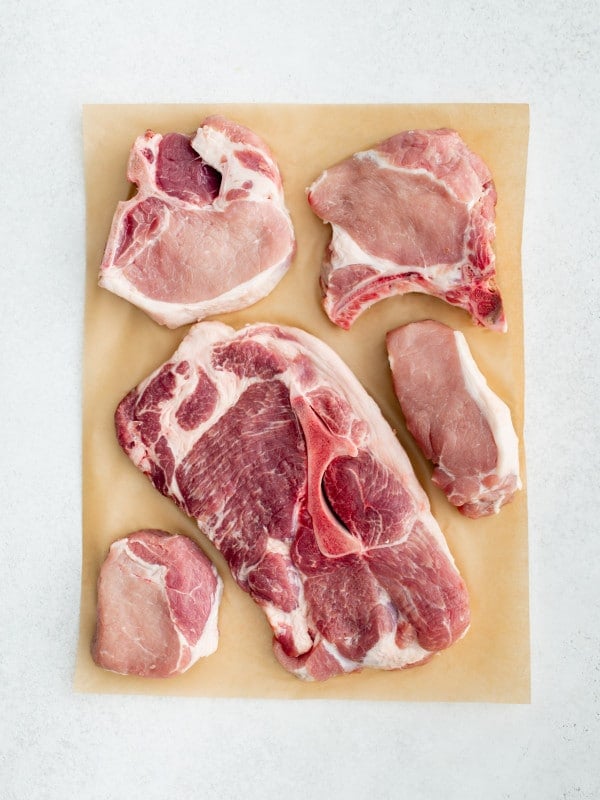








I have been looking for oats and a cooking process to get hotel-style creamy and kind of gooey oatmeal. NOT crunchy as you mention above. What type of oats can I achieve that with and what is the process to cook them to have them come out creamy and thick but not crunchy? Thanks in advance.
John
Steel-cut oats are often used for making creamy, hotel-style oatmeal due to their chewy texture and nutty flavor. To prepare it, follow these steps:
1. Bring a cup of water and a pinch of salt to a boil in a saucepan.
2. Add 1/4 cup of steel-cut oats and reduce the heat to a simmer.
3. Cover the saucepan and let the oats cook for about 20-30 minutes, stirring occasionally, until they reach your desired creaminess.
4. If you prefer a creamier texture, you can add more water or a dairy-free milk substitute (like almond or oat milk) and cook for a few minutes more.
Instant Steel Cut Oats Recipe.
Remember, steel-cut oats take a longer time to cook than rolled oats or instant oats, but they deliver a creamy, hearty texture that’s worth the wait. Adding in some butter, sweeteners, and toppings of your choice (like fresh fruit, nuts, or spices) can enhance the flavor even more.
Thank you for the quick response. So in my quest I have ordered Quaker Steel cut Quick oats so would I use the same instructions as above and cook for less time? I also ordered Quaker Old Fashioned { I believe rolled oats } Those come tomorrow. I read you can get those to come out very creamy. Steel Cut come on Tues. So basically the same recipe for both just longer for Steel cut?
Been using Quacker Oats….should i switch over to another brand …which one…tell me pl
Bobs is another solid brand 🙂
There is a significant nutritional difference between “quick” rolled oats and “rolled oats,” that being that the additional processing done to make oats “quick” significantly raises the glycemic index of the final cooked product. So for diabetics the better options are the “unquick” varieties, with the best option being steel-cut oats as they won’t raise blood-sugar as quickly as the “quick oats.”
I agree on this. I’m a diabetic and usually eat old fashioned oats every day. Today I only had quick oats. My blood sugar was completely different then with the old fashioned. My blood only go up to 150-160. Today after eating the quick oats my blood was 215. So there is a big difference in old fashion and quick. I eat my oat the same way every day.
what should be used for OVERNIGHT oats? should I cook it? this entire time I haven’t cooked before making overnight oats
For classic overnight oats, I recommend rolled oats, or you can make steel cut overnight oats.